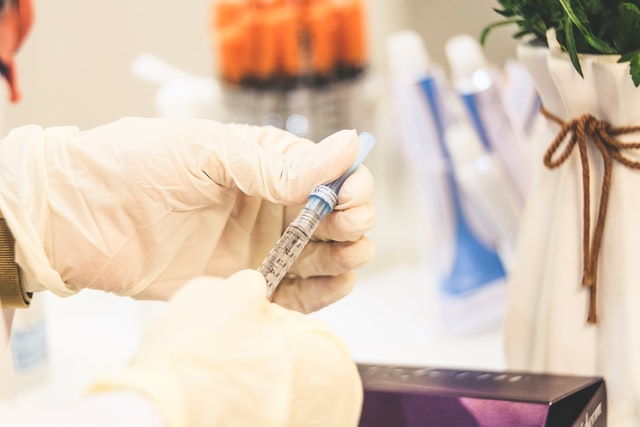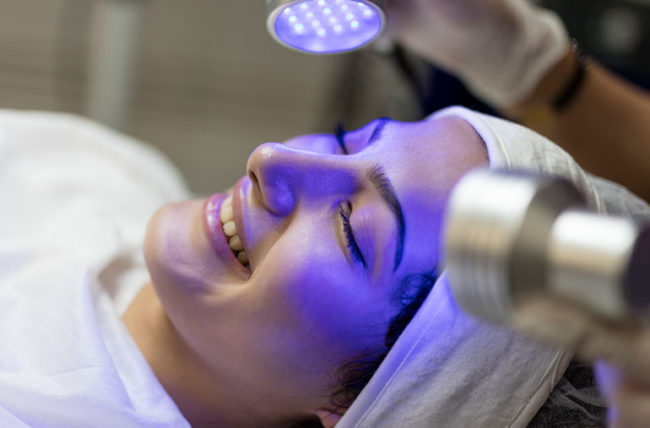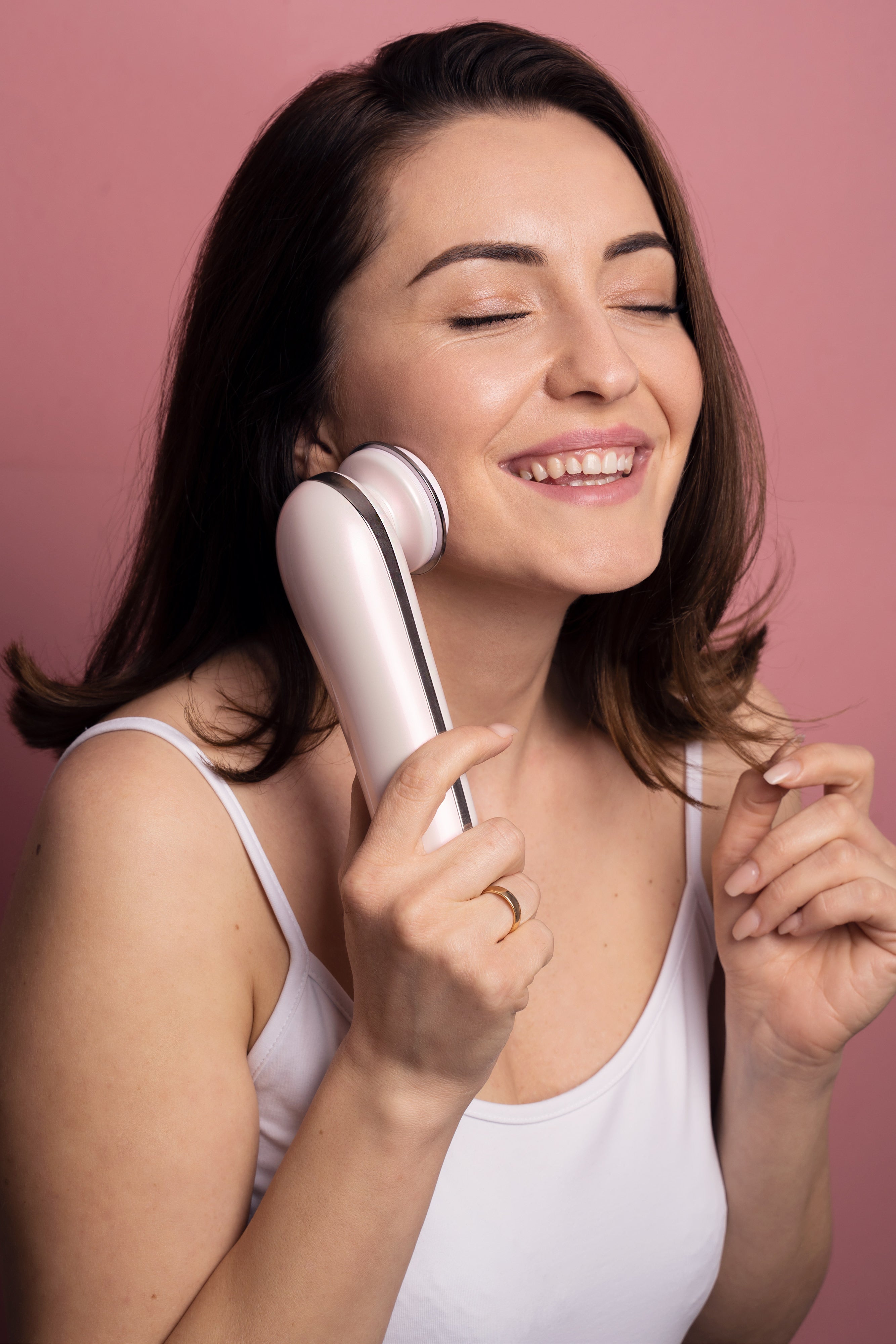Medically Reviewed by Dr. Lisa Hartford, MD
If you’ve heard of radiofrequency therapy, then you probably know that this procedure has been gaining attention over the years. That’s because of its effective use as a non-invasive skin-tightening treatment. Radiofrequency skin-tightening is an exciting development in cosmetic technology, but it can be confusing for those of us who aren’t scientists or dermatologists.While many of us understand the role that collagen production plays in skin tightening treatments, we may not understand what is actually happening in between radiofrequency treatments, and how collagen grows during this period.
So we’re going to look into what actually occurs between your radiofrequency sessions, so you can better understand what is happening to the collagen in your skin during this time.
What Is Radiofrequency Therapy?
Radiofrequency therapy is a fully non-invasive treatment that harnesses the energy of radio waves on the electromagnetic spectrum in order to generate sufficient heat to stimulate collagen production in the skin.During radiofrequency skin-tightening, these radio waves are used to penetrate beneath the epidermis and into the deeper layers of the dermis and subcutaneous layers. The heat applied here will slowly change the tissue structure of your skin, particularly through collagen production, all without affecting the texture of your skin.
This is important because collagen is a necessary protein for healing and renewing your skin. As you age, collagen production slows which causes a breakdown in the structure of your skin, leading to wrinkles, fine lines, and sagging. Increased collagen production means smoother, tighter, thicker, and younger-looking skin.
Radiofrequency is the lowest electromagnetic radiofrequency on this spectrum, making it very safe for use on human skin.
What Happens In Between Treatments?
Radiofrequency therapy needs to be carried out over multiple sessions in order to see optimal results. This is typically around 6-8 treatments carried out four weeks apart.
The key to radiofrequency therapy, and many other skin-tightening treatments, is that the small and harmless amount of heat damage inflicted by radiofrequency energy tricks your skin into thinking it has been damaged significantly. Your body then begins to produce collagen at a faster rate, in order to rebuild and repair the damaged skin.
However, this doesn’t happen overnight. During the period between your radiofrequency treatments, the collagen being produced in your body will be busy “remodeling” the treated skin. As your skin heals and the collagen works its magic, you will notice your skin slowly becoming tighter, stronger, and more deeply hydrated.
This is why you wait for several weeks to see results. You want the area to heal completely so you can repeat this process from the beginning.
Radiofrequency For You
If you fail to see results from more traditional skin-tightening treatments such as laser therapy or injections, radiofrequency might be the right choice for you. And fortunately, you no longer have to go to the nearest beauty clinic every few weeks to have a treatment.
At Evenskyn we offer a revolutionary anti-aging beauty handset, the EvenSkyn® Lumo, that brings cutting-edge medical-grade technology into the home. And the Lumo can even be used weekly, for accelerated results.
References:
1. https://omarozgurmd.com/blog/skin-remodeling-with-collagen/
2. https://thetweakmentsguide.com/tweakments/radiofrequency/
3. https://www.consultingroom.com/Treatment/radiofrequency-facial-tightening
4.https://www.americanself.com/blog/what-is-collagen-remodeling









Leave a comment
All comments are moderated before being published.
This site is protected by hCaptcha and the hCaptcha Privacy Policy and Terms of Service apply.